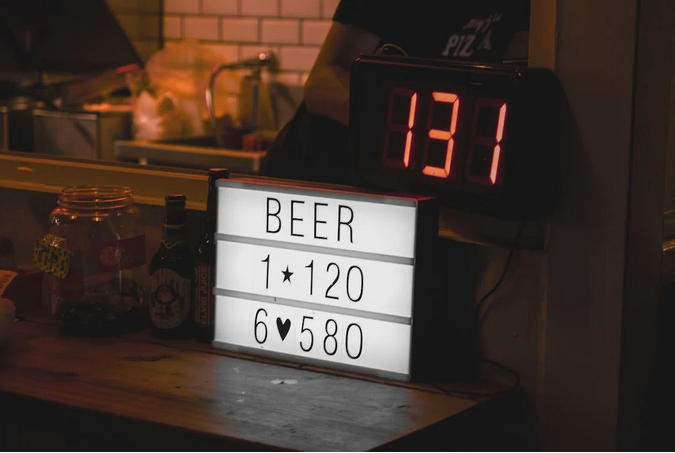Digital counters have become an integral part of our everyday lives, whether we realize it or not. From the simple click of a button to complex tracking systems used in industries, these devices serve a multitude of purposes. They can help you keep the score at your favorite game, monitor production rates in factories, or even track visitors to your website. With technology constantly evolving, digital counters are no longer just basic displays. They encompass a wide range of functionalities and applications that cater to different needs.
This blog will explore the various types of digital counters available today and their unique uses in both personal and professional settings. Whether you’re looking for something straightforward or advanced, there’s likely a solution out there for you. Let’s dive into the fascinating world of digital counters.
Basic Types of Digital Counters
Digital counters come in various forms, each serving distinct purposes. The most basic type is the simple tally counter. Often found in classrooms or sports events, it tracks incremental counts with a straightforward button mechanism. Next up are LCD and LED displays. These counters offer clear visibility and can show multiple digits at once. Their versatility makes them popular for everything from manufacturing to attendance tracking.
Another common type is the programmable counter, which allows users to set parameters based on specific needs. This feature is particularly useful in industrial settings where precise measurements matter.
Applications and Uses of Digital Counters

Digital counters find their way into various fields, showcasing their versatility. In manufacturing, they track production numbers and monitor workflow efficiency. This ensures that operations run smoothly. In the entertainment sector, digital counters are used in gaming machines to display scores or credits. They enhance the user experience by providing real-time feedback. Moreover, fitness enthusiasts benefit from wearable tech featuring digital counters for tracking steps and calories burned. These devices motivate individuals to reach their health goals. Retail environments also utilize digital counters at checkout lines to keep track of customer flow and wait times. Such applications improve service delivery.
Advanced Digital Counter Systems
Advanced digital counter systems represent the cutting edge of measurement and tracking technology. These systems leverage sophisticated algorithms to provide real-time data processing, enhancing accuracy and efficiency. Many advanced counters integrate with IoT devices, allowing for seamless remote monitoring. Users can access statistics from anywhere, making it ideal for industries like manufacturing or logistics.
Some models come equipped with customizable features. This flexibility enables businesses to tailor functionalities according to specific requirements. Whether it’s counting items on a production line or managing foot traffic in retail spaces, these counters adapt effortlessly.
How to Choose the Right Digital Counter for Your Needs

Choosing the right digital counter can be a daunting task, given the variety available. Start by identifying your specific requirements. Consider what you need to measure whether it’s time, quantity, or an event. Next, think about accuracy and display features. Some counters offer precise readings while others focus on simplicity. If readability is essential, opt for larger screens with clear digits. Don’t overlook connectivity options either. Many modern digital counters allow integration with software systems for data tracking and analysis.
Future Developments in Digital Counters
The future of digital counters looks promising, with innovations on the horizon that will redefine their capabilities. As technology advances, we can expect smarter systems that integrate seamlessly with the Internet of Things (IoT). This connectivity allows for real-time data tracking and remote monitoring. Artificial intelligence is set to play a significant role as well. Imagine counters that not only record numbers but also analyze patterns and predict trends.
Such enhancements could revolutionize industries from manufacturing to healthcare. User interface improvements are another exciting development. More intuitive designs will make these tools accessible to everyone, regardless of technical expertise. The focus on user experience means a shift toward touch screens and voice activation.
